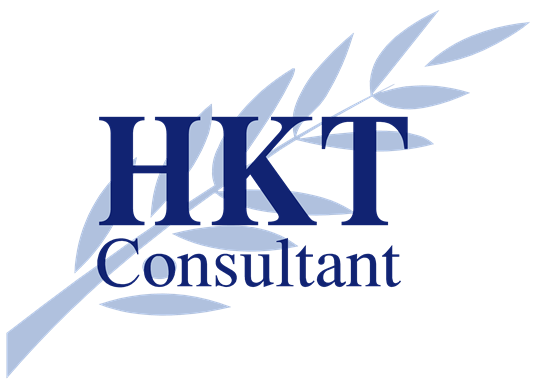Before getting involved in benchmarking, an organization should check the prerequisites—those philosophical and at- titudinal mind-sets, skills, and necessary preliminary tasks that must precede any benchmarking efforts.
1. Will and Commitment
Without the will and commitment to benchmark, an organization cannot proceed. Don’t waste time or the time of a benchmarking partner in the absence of a commitment and a will to benchmark on the part of the company’s top management.
2. Vision and Strategic Objective Link
Benchmarking requires a strong focus, or it can go off in numerous different directions as benchmarkers get carried away in their enthusiasm. Before benchmarking is started, its objectives must be linked to the company’s vision and strategic objectives, providing specific direction and focus for the effort. Failure to do this will almost certainly result in wasted resources and frustration.
3. Goal to Become the Best – Not Simply Improved
Nothing is wrong with incremental improvement—unless current performance is far below world class. If an organization is not near the world-class level, incremental improvement may only ensure that it remains inferior to the best-in-class forever. Benchmarking requires that the goal be to leap to the head of the field in one radical change, not just to be a few percentage points better than last year.
4. Openness to New Ideas
If a company is imbued with the “Not-invented-here” Syndrome, it will have a problem with benchmarking. The chief symptom of that affliction is a shortsighted mind-set that is characterized by a reluctance to consider other ways of doing things. Although few will admit it, many people are reluctant to consider ideas or approaches that are not their own. Organizations can be like individuals in this regard. Because the essence of benchmarking is capitalizing on the work and ideas of others, a company must be open to new ideas for benchmarking to provide any value. The benchmarking process may help bring about more receptivity to new ideas by demonstrating that they really work.
5. Identifying Key Business Processes
Since the organization must devote significant capital and human resources to any benchmarking initiative, it is important that the effort makes a difference and pays dividends. That will only happen if the processes selected for benchmarking activity are those considered to be among your key business processes. Therefore, it is essential that those processes that are critical to your mission be identified. Key business processes are defined as those having maximum impact on the success of the organization. They enable the organization to produce its products or services, effectively monitor the organization’s performance, and establish its objectives and plans for the future. Organizations usually have 10 to 15 key business processes. Identifying them is best done by the organization in brainstorming sessions employing the following four steps:
- Identify the organizations’ Critical Success Factors (CSFs). These are the handful of characteristics, functions, capabilities, or limitations that are critical to the success and viability of the organization.
- Identify the metrics for measuring CSFs. These metrics are called Key Performance Indicators (KPIs), and may include production output and sales data, and supporting management performance data.
- Identify the processes that drive the CSFs. There will typically be 15 or more processes in this category.
- Some of these processes may be grouped together, and others ungrouped (if they are completely independent of each other). These are your key business processes. It is from the list of key business processes that you will select your candidates for process benchmarking.
6. Understanding of Existing Processes, Products, Services, Practices, and Customer Needs
It is mandatory that an organization thoroughly understand its own processes, products, services, and practices and the requirements of its customers so that it can determine what needs to be benchmarked. In addition, it is necessary to have a solid understanding of your process in order to make meaningful measurements against that of the partner.
7. Processes Documented
It is not enough to understand the processes; they must be completely documented, for three reasons:
- All people associated with the process should have a common understanding of it, and that can come only from documentation.
- A documented starting point is needed against which to measure performance improvement after benchmarking changes have been implemented.
- Your organization will be dealing with people (the partners) who are not familiar with your processes. Process documentation will help the partner understand your organization’s processes. With an understanding of where the benchmarking organization is, the partner will be better able to help.
8. Process Analysis Skills
To achieve an understanding of your own processes, products, and services and to document those processes, you must have people with the skills to characterize and document processes. These same people will be needed to analyze the benchmarking partners’ processes and to help adapt those processes to the organization’s needs. Ideally, they should be employees, but it is possible to use consultants in this role.
9. Research, Communication, and Team-Building Skills
Additional skills required include research, communication, and team building. Research is required to identify the best- in-class process owners. Communication and team building are required to carry out the benchmarking both on an internal basis and with the partners.
Source: Goetsch David L., Davis Stanley B. (2016), Quality Management for organizational excellence introduction to total Quality, Pearson; 8th edition.

Wonderful beat ! I wish to apprentice while you amend your web site, how could i subscribe for a weblog website? The account helped me a acceptable deal. I had been a little bit acquainted of this your broadcast provided bright clear concept